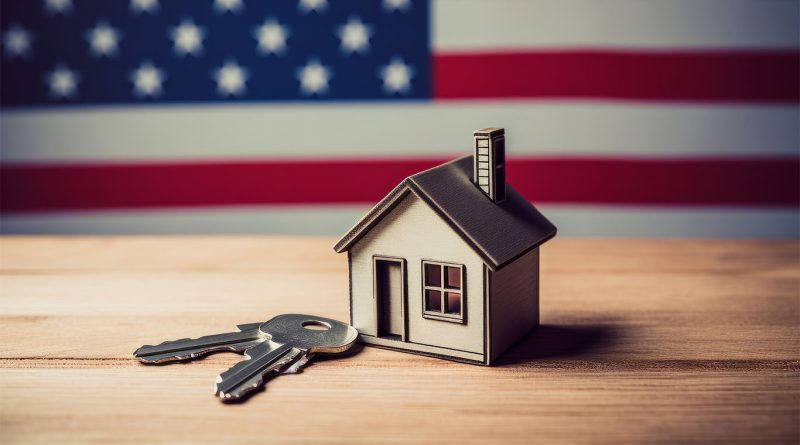Affordable Housing: A Case Study of Mount Hope Walton Apartments
Affordable housing is a critical issue in many urban areas, including New York City. This article explores the topic of affordable housing through a case study of the Mount Hope Walton Apartments, a development project aimed at providing low-income New Yorkers with affordable housing options. This case study highlights the significance of affordable housing in addressing urban housing challenges and its potential impact on the real estate and construction industries.
The Mount Hope Walton Apartments Project
The Mount Hope Walton Apartments project, located at 1761 Walton Ave. in the Bronx, is a shining example of community-based affordable housing development. The project aims to offer 103 homes that are affordable to low-income individuals and families. This mixed-use building stands as a testament to the city’s commitment to addressing the affordable housing crisis. The project is notable for offering access through a lottery,
Key Highlights
- Affordability: The Mount Hope Walton Apartments cater to low-income New Yorkers, offering rental rates between 30% and 80% of the area’s median income.
- Community Impact: The project reserves 50% of its units for Bronx Community District 5 residents, contributing directly to the local community.
- Amenities and Accessibility: The apartments come equipped with modern amenities like bike storage lockers, a shared laundry room, and an accessible entrance, ensuring a high standard of living for residents.
The Broader Impact
The Mount Hope Walton Apartments project reflects a broader trend in the real estate and construction industries, where there is a growing emphasis on affordable housing initiatives. Developers are recognizing the need to create inclusive and sustainable communities, not just luxury properties.
This case study serves as a valuable lesson for businesses in the real estate and construction sectors, showcasing the potential for profitability and positive social impact through affordable housing ventures.
The History of Affordable Housing Lotteries
Affordable housing lotteries, like the one seen in the case of the Mount Hope Walton Apartments, have a unique history that intersects with the broader evolution of affordable housing initiatives. These lotteries represent a creative approach to allocating limited affordable housing resources fairly.
Early Beginnings
- 1980s: The concept of affordable housing lotteries began to take shape in the mid-1980s. During this period, funding initiatives, including The Housing Finance Corporation (THFC), played a crucial role in financing affordable housing projects.
Expanding the Idea
- Mixed-Use Developments: In the late 20th century, discussions on affordable housing expanded beyond traditional public housing. It encompassed mixed-use developments, rezoning strategies, and innovative approaches to address the growing demand for affordable housing.
- Innovative Allocation: As urban populations grew, cities like New York started using lottery systems to distribute leases for new affordable homes. These lotteries aimed to provide fair access to affordable housing opportunities while dealing with high demand and limited supply.
Recent Trends
- Singapore’s Success: The success of affordable housing lotteries, as seen in Singapore, has attracted attention globally. Singapore’s program achieved such success that some subsidized apartments now resell for more than $700,000.
- Ongoing Challenges: While affordable housing lotteries offer a chance at homeownership or rental for many, competition remains fierce. In 2022, there were approximately 430 applicants for each available unit in New York City.
The Mount Hope Walton Apartments project exemplifies the power of affordable housing to transform communities and industries alike. It underscores the importance of addressing the affordable housing crisis and creating inclusive urban landscapes. As businesses increasingly recognize the value of affordable housing initiatives, we can envision a future where the provision of shelter goes hand in hand with positive societal impact, fostering a more equitable and prosperous urban society.
